On the map above, the funnel-shaped symbol in the top right-hand corner allows you to choose which points of interest to view.
Click again on the funnel to close the legend and begin your exploration of the Matterhorn tourist area, defined by the coloured area.
If you wish to explore further, you can access the corresponding descriptive sheet by clicking on the point identified.
Browse
Weather forecast
Meteo
Thursday 15 May
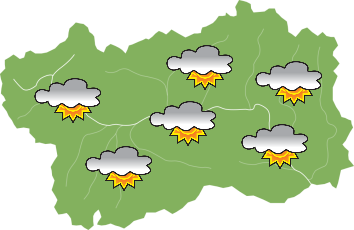

Friday 16 May


Saturday 17 May
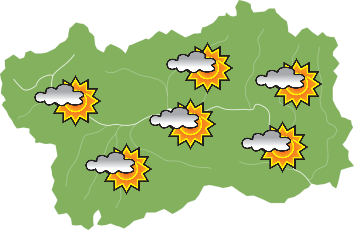
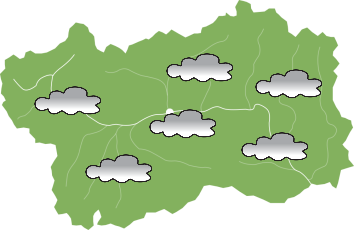
Book your Holiday
An unmistakable peak, lots of sport and skiing all year round
Pleasant villages overlook the Valtournenche valley; in the background the Matterhorn stands out imposingly. You can already start to see it from Antey-Saint-André, the first municipality in the valley.
Torgnon and La Magdeleine, located opposite each other, are ancient villages whose many hamlets retain their characteristic Alpine architecture. From Torgnon, across the Saint Pantaléon pass, a good panoramic point from which to admire the valley and the Matterhorn, it is possible to descend towards Verrayes and Saint-Denis and reach the central valley.
Chamois (Pearl of the Alps) can only be reached by cable car or on foot from La Magdeleine or Valtournenche.
Valtournenche is the homeland of the Matterhorn mountain guides and has in its territory the renowned resort of Breuil-Cervinia, one of the largest ski areas in the Alps. In this tourist area you can enjoy many outdoor activities and skiing even in summer.
Info & News
%20(1).jpg?v=638533963969588353)
You can go up to Plateau Rosa not only to ski but also to admire all the 4,000-metre peaks of the Alps and enjoy the high mountains without fatigue. And if you want to continue, another cable car takes you even higher to the little Matterhorn.
read more-9642.jpg?v=638533963965682250)
In Breuil-Cervinia, on the 3,500-metre Plateau Rosà glacier, great descents await you even in summer.
ContinueDon't miss
-8130%20(1)%20(1)%20(A%20scelta).jpg?v=638560582076117030)
Cervinia bike
In Breuil-Cervinia and Valtournenche, the profile of the Matterhorn makes every mountain bike trail-ideal for families - and freeride tracks really unique.
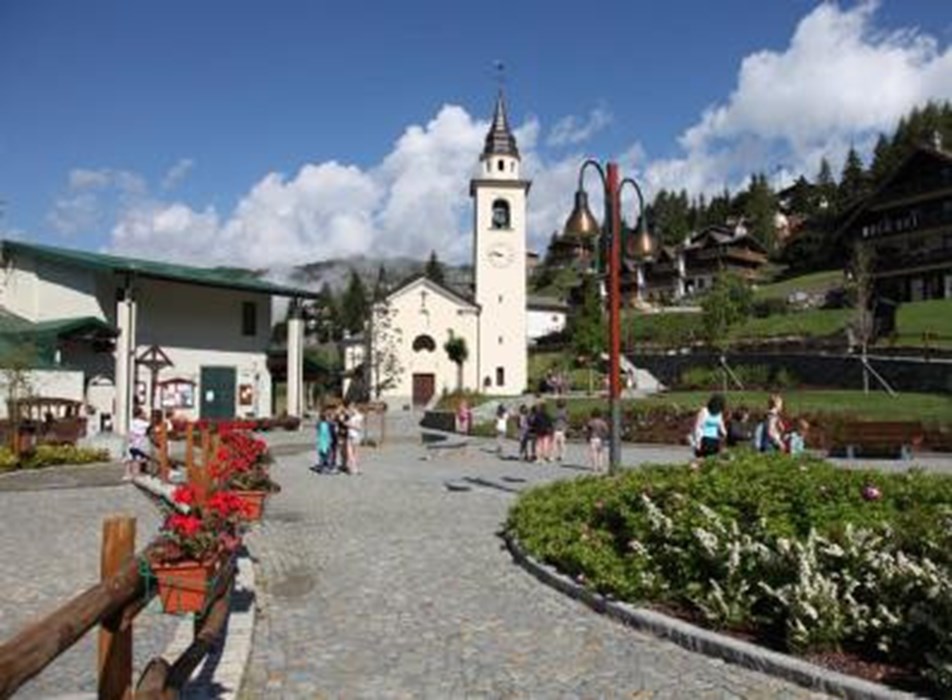
Chamois, the car-free village
At an altitude of 1815 metres and reachable only on foot, by bicycle or by cablecar, Chamois will make you forget the heat and stress of the city.
-3114.jpg?v=638309746420000000)
Blue lake at Breuil-Cervinia
Admiring the enchanting reflection of the Matterhorn in the pretty little lake of Breuil-Cervinia.
-132238%20(1).jpg?v=638560582078616610)
Golf at 2000 metres
One of the top courses in the Alps, with 18 first-rate, challenging holes.

Gouffre des Busserailles
At Valtournenche, gorge carved out in the mountain by the rush of the waters of the Marmore torrent.
Events in the area
Antey-Saint-André | 25 May 2025
"Fiòrantey" Lo martsé di Fiòr (Flowers Market)
Craft/fairs/markets - Antey-Saint-AndréFlowers, plants, aromas, colors and flavors. The protagonists of this event display and sell flowers and ornamental plants for indoors and outdoors, aromatic and medicinal herbs, seeds for vegetable and flower gardens, fruit plants, pots and garden accessories, tools and equipment for gardening.
| 30 - 31 May 2025
The Giro d'Italia 2025 in the Aosta Valley
Sport -The Aosta Valley hosts two stages of the Giro d'Italia 2025. Friday, May 30th, the 19th stage starting from Biella will arrive in Champoluc, while on Saturday, May 31st, the 20th stage will start from Verrès and head to Sestrière, with the first 15 kilometres of the route in the Aosta Valley.
Breuil-Cervinia | 27 - 29 June 2025
Cervino Matterhorn Ultra Race
Sport - Breuil-CerviniaA unique trail around the most beautiful mountain in the Alps, second edition.
Torgnon | 4 - 6 July 2025
Equestrian event - International Endurance Race
Sport - TorgnonTrophy “Les Grandes Montagnes” -
A beautiful trail, exciting and able to challenge men and horses who have made endurance not only a competitive sport but also a way of experiencing the sport together with others.
Chamois | 5 - 6 July 2025
MusicAbilmente
Music - ChamoisFestival that brings together artists with and without disabilities in Chamois to stage musical and theatrical shows.
Torgnon | 11 - 13 July 2025
Equestrian event "Jumping Torgnon"
Sport - TorgnonHorses at Torgnon have an important role, in addition to the Endurance Appointment is proposed “Jumping Torgnon”, Jump Contest
Breuil-Cervinia | 14 - 20 July 2025
The Matterhorn Week
Sport - Breuil-CerviniaOne special week of events that celebrate the most famous mountain in the world – the Matterhorn – and invite to discover the summer in the mountains.
La Magdeleine | 20 July 2025
Lo martzé du Patron
Craft/fairs/markets - La MagdeleineOn the occasion of the patronal feast, a market is set up with food and wine products and small crafts
Breuil-Cervinia | 26 July - 2 August 2025
Cervino CineMountain Film festival
Cinema and theatre - Breuil-CerviniaIf its geographical location at an altitude of over 2000 m means it merits the title of the highest Festival in the world, then the nature of its programme and its aims, means it deserves recognition, together with the Festival di Trento, as the most important event in Italy dedicated to mountain cinema. Ever since the first edition in 1998, mountains have always played the leading part, although the mountains have also become a “pretext” for addressing other related issues: the environment, climate, adventure, sport, culture and history. Prizes are awarded in various categories and include the one for the best film on mountaineering, offered by the CAI, Club Alpino Italiano.



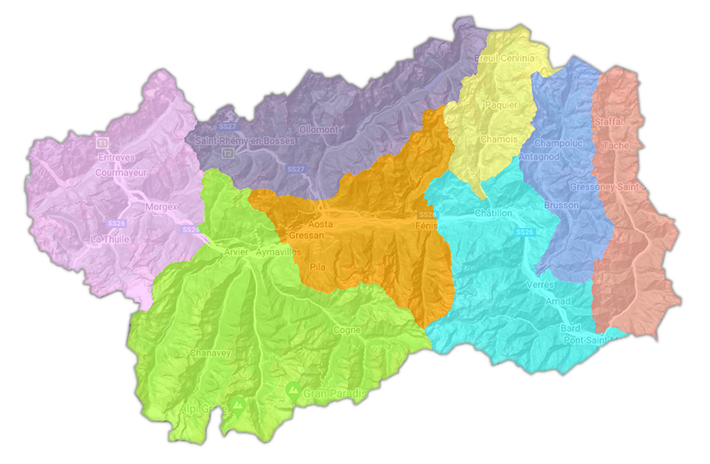

-5682%20(1).jpg?v=638560582077835611)